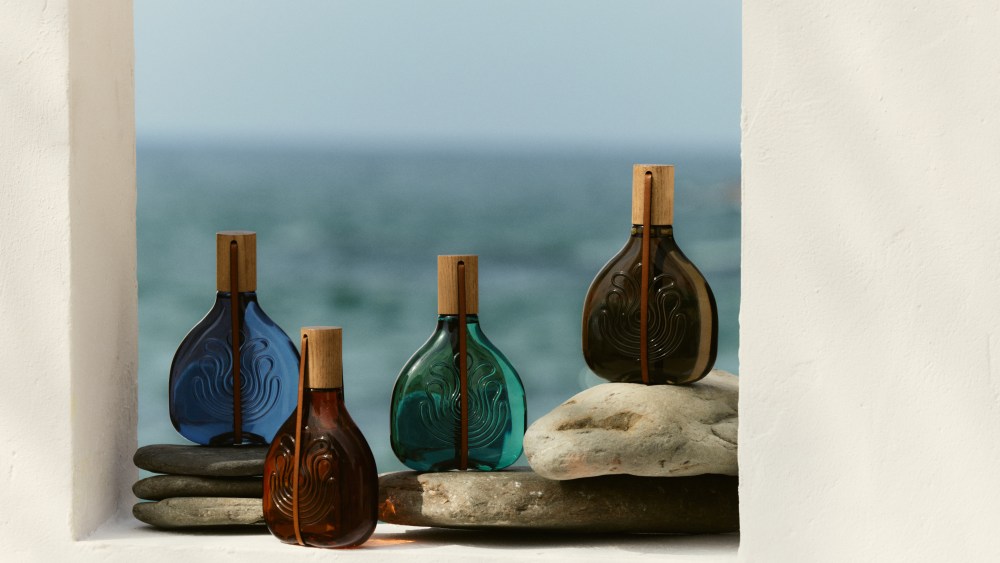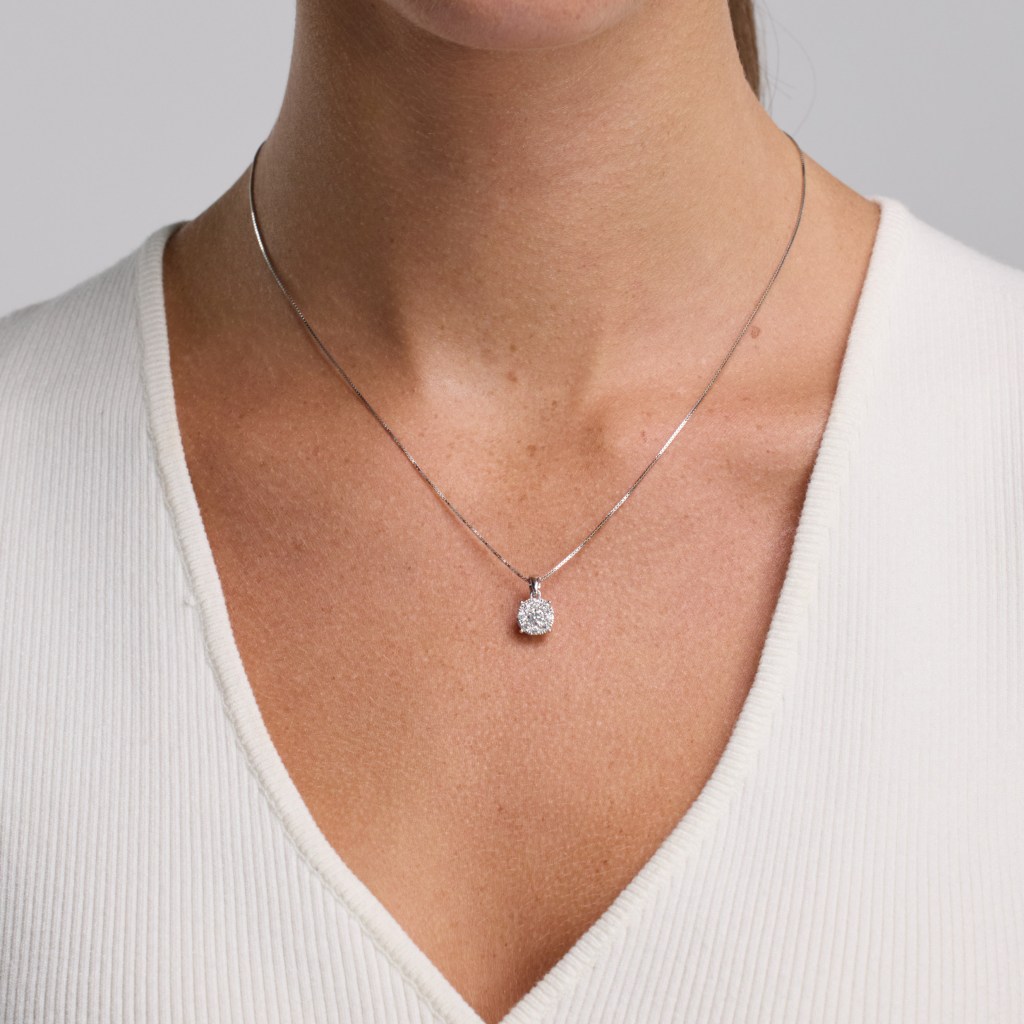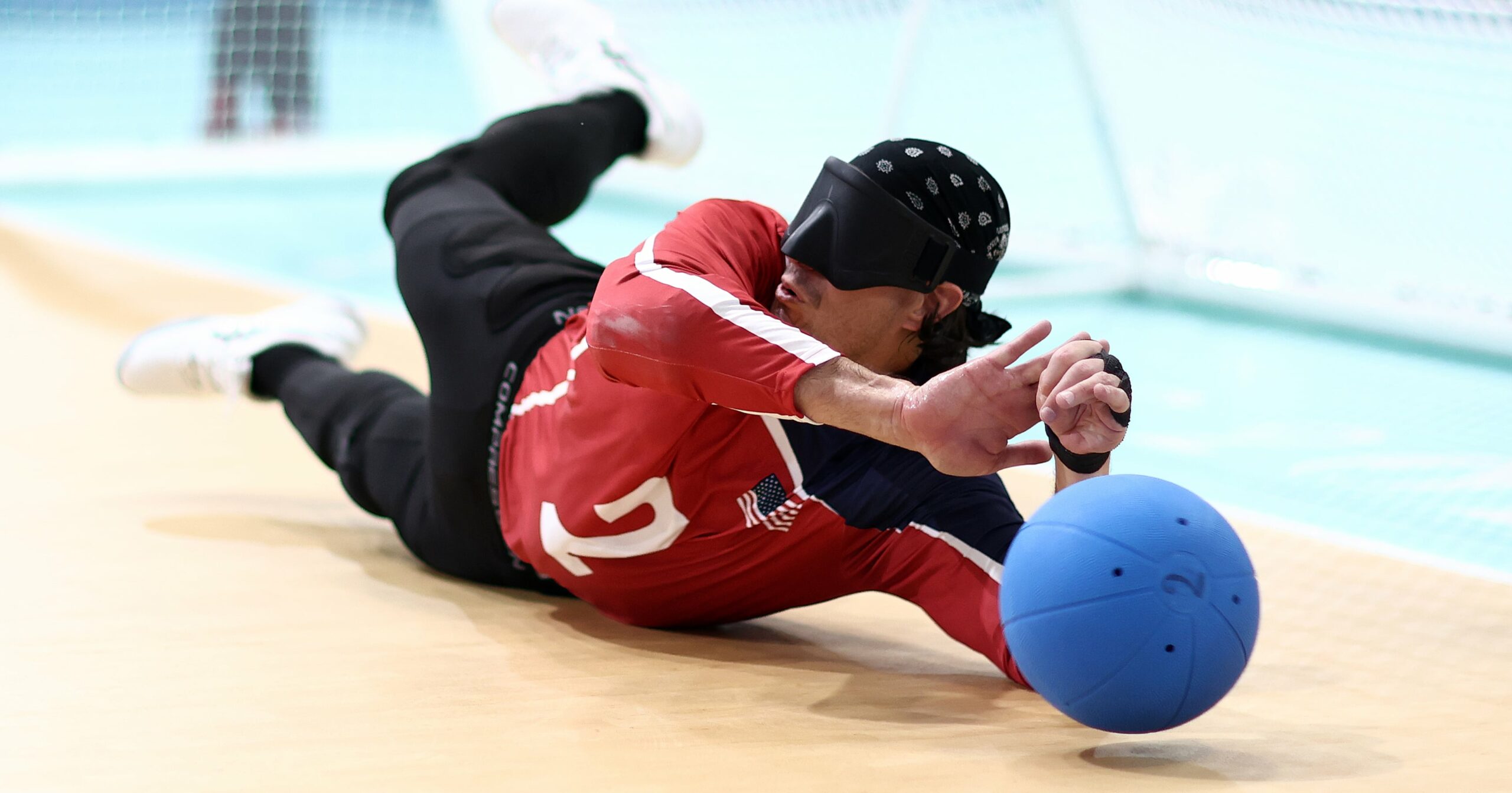PARIS – Puig is paying tribute to its heritage and identity with a new line of four eaux de cologne, called Colonias Absolutas Puig.
They were developed by master perfumer Jean-Claude Ellena and Manuel Puig, vice chairman of Puig, who is a third-generation member of the company’s founding family.
“The project came from an idea after I saw some papers written by my father,” Puig said, referring to Manuel Puig senior. These had some notes about Goethe Faust.
Related Articles
“He said: What you inherit, you have to make contemporary,” Puig said. “You have to feel proud about what you inherit, and not to forget it. So, at the end, instead of having a passive asset, you have an active asset.”
Years ago, the King of Spain had visited the Puig family, and as a small gift he was given a candle from Penhaligon’s, which had a Royal Warrant.
“It was a little weird not to have a Spanish product under our huge portfolio. We have spent our life, our generation, buying and developing brands from 10 different countries, about 20 brands, but we do not have a real Mediterranean product of which we can feel proud,” Puig explained. “We said: ‘We have a debt with our past.’”

Between the years 1940 and 1970, Spain was quite closed, so business development outside its borders proved difficult.
“The playbook of Puig was to do things ourselves,” the executive said. That was true for developing the likes of plastic, cap and bottle pump industries.
In 2015, when Puig acquired Penhaligon’s, along with L’Artisan Parfumeur, he became obsessed with knowing more about L’Artisan Parfumeur, which Puig considers the first niche fragrance brand. It was founded by Jean Laporte in 1976.
“He was doing a very bold exercise full of creativity,” Puig said. “I went through the papers and discovered that Jean-Claude Ellena was a close friend of Jean Laporte, and he helped him from the beginning. He even collaborated on the Mûre et Musc perfume.”
At the time, Ellena was the in-house perfumer at Hermès, so Puig had to ask for special permission that he could work on L’Artistan Parfumeur creations, as well.
“He was the perfumer that built L’Artisan,” Puig said. “I love Jean-Claude.”
Puig reestablished a working relationship with Ellena, who in the more recent past asked him to send some bottles of old Puig colognes for an exhibition about cologne he was curating for the International Museum of Perfume in Grasse, France.
A related book was to be published under the direction of Ellena, called “Cologne,” giving cologne’s history as a founding fragrance category. The tome includes a chapter on Puig’s contribution.
“It explains cologne has been evolving and is what has kept the magic of perfumery, because it has no gender, has always been transforming, reinventing,” Puig said.
The executive realized: “I have a duty with the past. It’s good to have a statutory product under the name Puig, because Puig is now on the stock market. Our name is again in the news, and the family is a little bit more.
“We have plenty of founders and designers, and we always want them to be at the forefront,” Puig said. “It’s true that the family has always been [behind the scenes]. The name of the family is the name of the company. So now, through this project, it’s good to put some image or noise on the family.
“We are people from the Mediterranean,” he continued. “It is a lifestyle, and it is what we do, what we love.”
The Puig family decided Ellena was the best person to work on the fragrance project, not least because of his familiarity with the Mediterranean. (He lives very close by.)
He and Manuel Puig have worked together on the eau de cologne project for about two years, after mining the Puig archives.
“We work without limits on creativity, limits on cost, limits on timing,” said Puig.
Agua Lavanda Puig, launched in 1940, helped served as a springboard for this eaux de cologne line. Its bottle, which was created by André Ricard in 1962 and nods to traditional Balearic jars, inspired the Colonias Absolutas’ flacons. They now have embossed the company’s swirling, graphic logo.

Agua Brava, Agua Noble and Agua Lavanda Iris are reinterpretations of historical Puig creations. The original Agua Lavanda, from 1940, pioneered a new fragrance family with lavender that was used in a distinctive way. Agua Brava, from 1968, is now iconic, too.
Agua Mediterránea is a totally new perfume concept and nods to the Mediterranean, birthplace of Puig the company and its founding family.
“The spirit of the Mediterranean – cradle of our culture, our art, of what we are – is thanks to the contribution of the different cultures, these fairies who surround us,” said Ellena.
The eaux de colognes are not built in a traditional pyramid olfactive structure, but rather all the ingredients, from the Mediterranean, are experienced simultaneously.
Ellena said he was drawn to the project after being briefed that colognes are meant to honor Antonio Puig, who began a perfume-distribution company in 1914 that became the foundations of what Puig is today.
Eau de cologne is historically a light scent, but for Puig, it has been given a twist as an absolute, which has higher concentration of perfume oils and is long-lasting.
“They are absolutes, because Manuel wanted the best to honor the spirit of the family,” said Ellena.
The perfumer is known for creating formulas that do not have many ingredients – less than 15 – running countercurrent to the way most fragrances are currently developed.
“Jean-Claude is maybe the only perfumer that I know that does the mix of the oils himself,” said Puig.

Agua Brava was formulated to keep its aromatic character, but is more sensual, masculine and woodier than its predecessor. Agua Lavanda Iris mixes lavender notes with iris notes, while Agua Noble’s scent centers on Andalusian leather, blending leather, bergamot, orange leaf and a hint of white musk.
For Agua Mediterránea, Ellena features a fig tree leaf note, as well as mastic tree, wild mint, cedar and citrus notes.
“Manuel’s commitment to creating the four colognes is an olfactory commitment,” said Ellena. “The man loves perfume and wants to celebrate it.”
The eaux de cologne bottles come in terracotta cases, suggesting the earth and warmth.
The products are being sold starting today on coloniasabsolutas.puig.com. They come in 200-ml. bottles retailing for 180 euros each.
“The idea is to have this fresh usage of the colognes,” said Puig. “It’s not the product of the past. We have taken what we inherited and updated it.”



